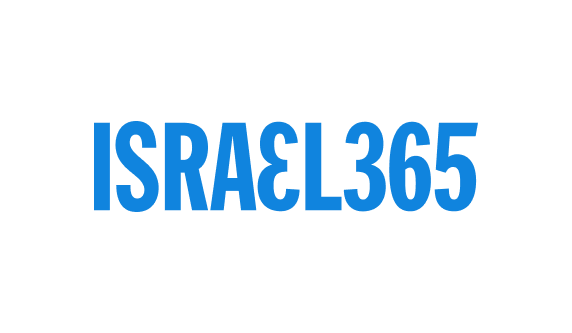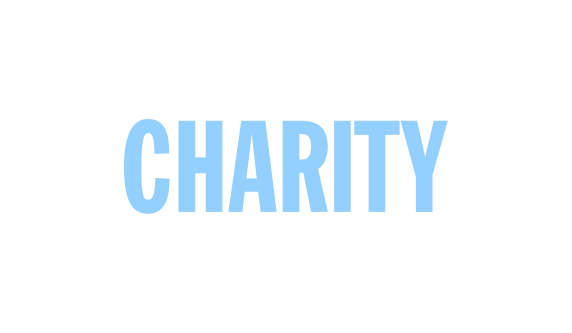In the early 20th century, scholar Simon Bernfeld dismissed the very idea that Hebrew could ever live again on human tongues. He wrote: “Making Hebrew a spoken language in the usual sense – this is, in my opinion, a total impossibility. It has never happened that any language in the world, not even some dialect, was revived after it had stopped being a spoken language. A glass vessel, once broken, cannot be mended. A language whose natural development has ceased and that no longer lives in people’s mouths will become – based on the historical examples – a historical, literary, religious language, but not a living and popular language.”
Bernfeld had company. Most Jews of his day saw Hebrew as a prayer language, fit for synagogue and study halls, not markets or playgrounds. Yet a stubborn band of Hebrew partisans, led by Eliezer Ben Yehuda, refused to surrender. They coined new words, argued at kitchen tables, raised children who were forbidden to answer in any tongue but Hebrew. Today, millions of Israelis in Jerusalem, Tel Aviv, and across the Holy Land buy groceries, quarrel, pray, and fall in love in Hebrew. Miraculously, the “broken glass” of Hebrew has been mended.
This rebirth was not only unexpected. It was foretold. The prophet Zephaniah records God’s promise:
The medieval commentator Rabbi Abraham Ibn Ezra, writing when Hebrew was effectively dead as a spoken language, read the verse with audacious certainty: “All the nations will speak Hebrew in the time of the Messiah, for this is the language in which all the world was originally created.” We have not yet reached the day when the entire world knows Hebrew, but it is no longer an impossible dream. Hebrew is once again alive and well.
The revival of Hebrew is unquestionably miraculous. But why does it matter? Would Israel lose anything essential if its citizens spoke English, Spanish, or any other global language while keeping Hebrew for prayer and study?
Maimonides writes: “One must be careful with a commandment that he thinks is minor – like rejoicing on festivals and speaking the Holy Tongue (Hebrew) – as with a commandment the great weightiness of which is clear to you – like circumcision and *tzitzit *(fringes) and slaughtering of the Passover sacrifice.” Maimonides knew that most people would not understand the significance of speaking in Hebrew. Yet he understood that speaking Hebrew shapes the very way that we live.
A language is not a neutral tool. Grammar, word roots, idiom, and sound patterns encode what a people values and how it sees and perceives God, the world and its own identity. Rabbi Zvi Yehuda Kook wrote: “Just as the land is the natural foundation of the nation… so too language, the nation’s style and treasure of soul-revelation, is the foundation of its history, the chronicles of its life… The land and language are both appropriate expressions for the nation and its spirit.”
In classical Hebrew, there is no way to directly say “I have money” or “I have a car.” Instead, speakers must use a construction that translates awkwardly as “there is to me”—so “I have a lot of money” becomes “Yesh li harbeh kesef” – literally, “there is to me a lot of money”. This grammatical structure forces speakers to acknowledge that possessions exist independently and are merely associated with them temporarily, rather than being truly owned.
While Hebrew lacks “to have,” it does contain the verb “lihiyot,” meaning “to be,” creating a linguistic emphasis on existence over possession. The language itself implies that material possessions are secondary to our spiritual and moral identity. When people define themselves through what they have – cars, houses, electronics – they risk losing sight of who they actually are in their pursuit of accumulating more things. Hebrew’s structure serves as a built-in reminder against this trap, subtly reinforcing that possessions are temporary and should not define us.
Another example: The Hebrew word “yada” means “to know,” but it describes a very different kind of knowledge than what English speakers typically understand. In Hebrew, knowing is not about collecting information or understanding facts – it’s about intimate, personal relationship. When Genesis 4:1 says “Adam knew Eve his wife,” it uses “yada” to describe their physical union, emotional closeness, and shared vulnerability. Throughout the Bible, “to know” means to participate directly in someone’s life and be changed by that relationship, whether with another person or with God. The prophet Hosea illustrates this when he describes God wanting Israel to “know” Him through faithfulness and intimacy rather than just performing religious rituals.
For two thousand years of exile, Jews prayed in Hebrew but conversed in the languages of their host nations. The return to the Land of Israel required more than passports. It meant recovering the inner grammar that formed us at Sinai. When children grow up saying ima, aba, shalom, and Baruch Hashem on the street, they are doing more than speaking the national language of Israel. They are speaking the language of the Jewish soul.
Rabbi Abraham Isaac Kook saw the revival of Hebrew as bound up with Israel’s physical return and spiritual reawakening. He wrote: “Beyond all the value of the language in its holiness and Israeli identity, and beyond the connection to dwelling in and possessing the Land of Israel and its return… behold, especially in this time of terrible crisis, with the spilling of Jewish blood and the intensification of persecutions against us everywhere… the obligation is doubly great to maintain a relationship of faith and strength toward the revival of our language. This applies to everything that encompasses the grandeur and glory of the ingathering of our exiles and its political significance, the wonder and excellence for the remnant of Jacob and the sprouting of the horn of his salvation, emerging from the form of family and redeemer in the sublime light of his Torah.”
Hebrew’s revival is more than an historical curiosity or even a fulfilled prophecy. It is Israel coming back to itself after long exile and cultural fog. It is a sign of redemption itself.













